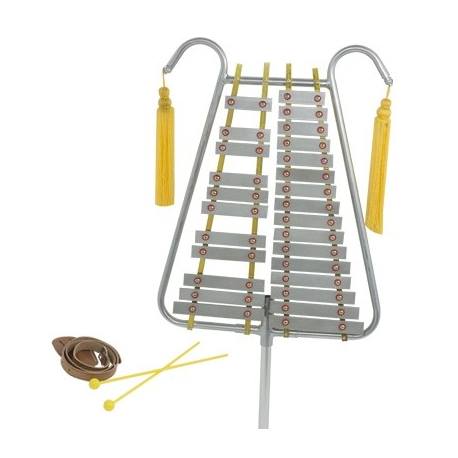It’s one notch in the larger troubles in Wisconsin, and again, it’s complicated. I can boil it down to a Governor who doesn’t value education, K-12 or university level. We can deconstruct the issue into its basic ingredients: budget cuts, high cost of tuition, student loan debt, emphasis on STEM careers, and more.
University of Wisconsin campuses are facing hard times. In fact, the University of Wisconsin – Stevens Point, a small yet vibrant campus, has announced that they will be eliminating 13 majors at their school.
A major is a specialty, a concentration or focus in one curricular area. A student might major in history, for example, or world languages, English, science, art, or music. Many of these areas need to be specific. A science major might emphasize biology, chemistry, physics, environmental science – the list goes on and on. Depending on the school, a major might take up half to two thirds of a college student’s course load. When all is said and done, when that student puts on the mortarboard cap with tassel, he or she will have earned a degree, most likely a bachelor’s degree, in their major.
Back to the major issue at UW-Stevens Point. English, history, philosophy, political science, Spanish, and sociology are a few of the subjects that will no longer be available as majors at UWSP. Marketing, business, and other “practical” majors will remain.
Somehow, the Powers That Be at Stevens Point still plan to train teachers in English, history, and the rest. A secondary teacher used to need a major in their area of specialty. A math major would earn a major in math, and along the way gather enough educational courses (ed psych, ed sociology, to name a couple) to qualify to student teach for a term. I’m not sure how they plan to educate the next generation of educators without majors in the humanities.
Forbes calls it “Inhumanity.” I fear it’s something else. Along with governor “Who needs a degree, anyway?” and his attack on the state’s public school system, it seems like he and his cohorts are bent on creating a lesser-educated public. Voters with less knowledge are, after all, less apt to think critically and ask hard questions.
The sour taste coming out of our budget-starved smaller campuses might be only the beginning in what seems to be the Dumbing Down of Wisconsinites.
Inhumanity, indeed.

